Home>Interior Design>7 Outdated Organizing Rules To Break In Small Bedrooms
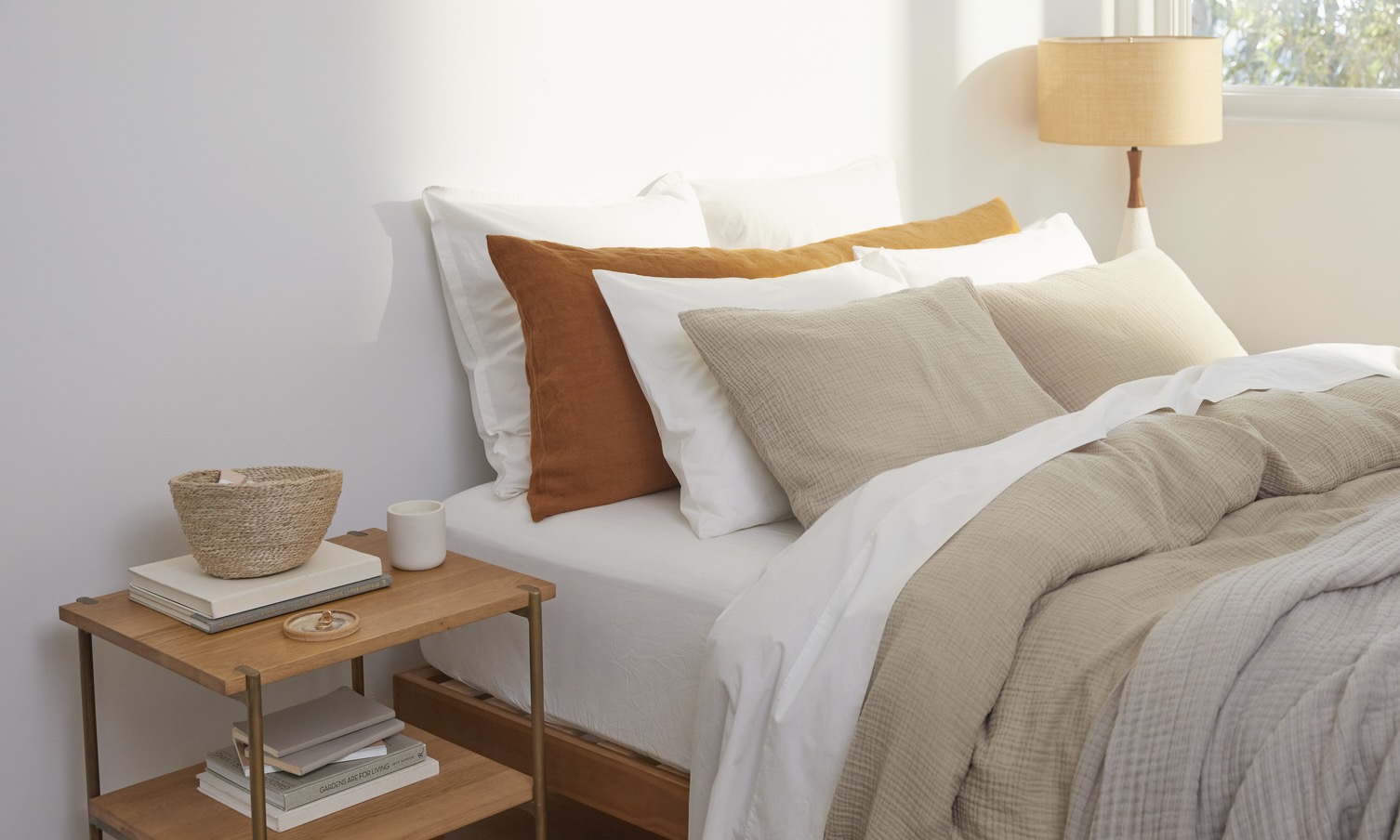

Interior Design
7 Outdated Organizing Rules To Break In Small Bedrooms
Modified: April 22, 2024
Discover 7 outdated organizing rules that you should break in small bedrooms. Enhance your interior design by defying conventional norms and maximizing your space.
(Many of the links in this article redirect to a specific reviewed product. Your purchase of these products through affiliate links helps to generate commission for Storables.com, at no extra cost. Learn more)
Introduction
Welcome to the world of interior design! When it comes to small bedrooms, there are several organizing rules that have been ingrained in our minds for years. But what if I told you that breaking some of these rules can actually help you maximize your space and create a more functional and visually appealing bedroom?
In this article, we will explore seven outdated organizing rules that you should consider breaking when designing your small bedroom. By challenging these conventional ideas, you can transform your space into a cozy sanctuary that reflects your personal style and meets your practical needs. Let’s dive in!
Key Takeaways:
- Embrace larger furniture pieces and bold colors to maximize functionality and add personality to your small bedroom while maintaining a visually balanced and unique space.
- Intentional clutter, creative bed placement, strategic rug use, and mirrors can enhance your small bedroom’s design, creating a visually spacious and stylish retreat.
Rule 1: Avoid Large Furniture Pieces
Traditionally, it has been advised to avoid large furniture pieces in small bedrooms to prevent the space from feeling cramped. However, this rule is not set in stone. In fact, incorporating a few well-chosen larger pieces can actually make your small bedroom feel more spacious and functional.
When selecting furniture for a small bedroom, consider investing in a few key pieces that serve multiple purposes. For example, a platform bed with built-in storage can eliminate the need for a separate dresser or bulky under-bed storage bins. Likewise, a compact desk with drawers can double as a bedside table or vanity, maximizing both workspace and storage.
Remember, it’s not just about size but also the design and placement of your furniture. Opt for furniture with clean lines and a minimalist aesthetic to create a sense of openness. Place larger pieces against the walls to maximize floor space and create a more open and airy feel in the room.
Breaking the rule of avoiding large furniture doesn’t mean you should overcrowd your small bedroom. Choose a few statement pieces that are functional and visually appealing, while leaving enough room to move around comfortably. By selecting the right furniture, you can create a harmonious balance between style and space in your small bedroom.
Rule 2: Stick to Neutral Colors
For years, it has been suggested that sticking to neutral colors is the safest choice for small bedrooms to create a sense of openness and light. While neutral tones like white, beige, and gray can indeed make a space feel larger, there is no hard and fast rule that you have to limit yourself to these colors.
Breaking the rule of sticking to neutral colors can open up a world of possibilities for your small bedroom. Don’t be afraid to experiment with bold and vibrant hues that reflect your personality and create a statement. Rich jewel tones like emerald green or deep navy can add depth and create a cozy atmosphere. Soft pastels can bring a touch of serenity and whimsy. Just be mindful of using these vibrant colors in moderation to avoid overwhelming the space.
When working with colors in a small bedroom, consider incorporating them strategically. Use a neutral base for the walls and larger furniture pieces, and then add pops of color through accessories, artwork, and textiles. This approach allows you to change the color scheme easily and update the room’s look without much effort.
Another tip for using colors in small bedrooms is to create visual interest and depth by incorporating different shades and textures. Layering shades of the same color or mixing contrasting colors can create a dynamic and visually appealing space. Experiment with different combinations and find what resonates with your personal style.
The key to breaking the rule of sticking to neutral colors is to strike a balance between creating a sense of openness and infusing your space with personality and character. By incorporating colors that speak to you, you can create a small bedroom that feels uniquely yours.
Rule 3: Eliminate Clutter Completely
In the quest for an organized and visually pleasing small bedroom, the rule of eliminating clutter completely has been widely preached. While it’s true that clutter can make a space feel smaller and chaotic, completely eliminating all objects and belongings can also make the room feel sterile and impersonal.
Instead of aiming for a completely decluttered space, focus on smart storage solutions and intentional displays of personal items to create a balanced and organized atmosphere.
Start by identifying the items that are essential and frequently used in your small bedroom. Invest in storage furniture such as bedside tables with drawers, bookshelves, or ottomans with hidden compartments to keep these items within easy reach, yet neatly stored away. Utilize vertical space by installing wall-mounted shelves or hanging organizers to maximize storage options.
When it comes to displays, choose a few meaningful items, such as photographs, artwork, or sentimental pieces, and showcase them in a thoughtful way. These personal touches can add warmth and character to your small bedroom without overwhelming the space.
Remember, organization is a continuous process. Regularly assess your belongings and declutter items that are no longer needed or bring clutter into the space. By maintaining a clutter-free environment and finding a place for every item, you can create a more serene and functional small bedroom.
Breaking the rule of eliminating clutter completely does not mean allowing chaos to take over. It simply means finding a balance between functionality and personalization. Create a space that is both organized and reflective of your unique personality.
Rule 4: Keep the Bed Against the Wall
One of the long-standing rules for small bedrooms is to keep the bed against the wall. While this approach can help save space, it can also limit your design options and make the room feel predictable. Breaking this rule can open up a world of possibilities for your small bedroom layout.
Consider placing your bed in the center of the room or at an angle to create a more dynamic and visually interesting space. This arrangement can make the bed the focal point and add a sense of drama to the room. However, if you prefer a more traditional setup, you can still deviate from the rule by opting for a headboard with built-in storage or a bed frame with integrated shelves. This way, you can use the space behind the bed for storage without compromising on style or functionality.
Another alternative is to create a cozy and inviting nook by positioning the bed in a corner of the room. This approach can make the room feel more intimate and create an illusion of additional space in the rest of the room.
Breaking the rule of keeping the bed against the wall doesn’t mean sacrificing functionality. It simply means exploring different placement options that suit your personal style and maximize the available space. Experiment with different layouts to find the one that makes the most sense for your small bedroom.
Remember to consider the flow of the room and ensure that the placement of the bed allows for easy movement and access to other areas. By breaking the rule of keeping the bed against the wall, you can create a unique and functional small bedroom that defies convention.
Consider using multifunctional furniture, such as a bed with built-in storage or a desk that can also serve as a nightstand. This can help maximize space in a small bedroom and break the rule of needing separate pieces for each function.
Rule 5: Avoid Using Rugs in Small Bedrooms
For years, it has been believed that small bedrooms should steer clear of rugs to avoid overwhelming the space. However, breaking this rule can actually have a positive impact on the overall design and comfort of your small bedroom.
Rugs can add warmth, texture, and visual interest to a room, regardless of its size. By selecting the right rug and strategically placing it, you can create the illusion of a larger and more cohesive space.
When choosing a rug for your small bedroom, opt for one that complements the overall color scheme and style of the room. Avoid rugs with large patterns or bold colors that can visually shrink the space. Instead, choose a rug with a subtle pattern or a solid color that blends harmoniously with the rest of your decor.
Consider the size of the rug as well. In a small bedroom, it’s best to choose a rug that is proportionate to the size of the bed and doesn’t overwhelm the entire room. Ideally, the rug should extend beyond the sides and foot of the bed to create a sense of continuity and make the room look more spacious.
Placing a rug under the bed can also serve as a visual anchor and create a defined sleeping area. This arrangement can make the bed feel more inviting and add a cozy touch to the overall ambiance of the room.
Breaking the rule of avoiding rugs in small bedrooms allows you to introduce texture, color, and comfort into your space. It adds a layer of visual interest and grounds the room while making it feel more inviting and put-together.
Remember to consider the practicality of the rug as well. Opt for a rug that is easy to clean and maintain, especially in a bedroom where hygiene is important. By breaking the rule and incorporating a rug into your small bedroom, you can enhance both the visual appeal and comfort of the space.
Rule 6: Use Vertical Space for Storage
When it comes to small bedrooms, utilizing vertical space for storage is often touted as a golden rule. While this advice holds true, breaking this rule can present unique opportunities for creating a visually appealing and functional space.
Instead of solely relying on traditional vertical storage solutions like tall bookshelves or wall-mounted cabinets, consider thinking outside the box. Incorporate creative storage solutions that add a touch of uniqueness to your small bedroom.
One idea is to utilize the space above the bed. Install floating shelves or a wall-mounted storage unit to create vertical storage for books, decorative items, or personal belongings. This not only maximizes storage space but also draws the eye upward, making the room feel more spacious.
Another option is to use the back of the bedroom door for storage. Install hooks or an over-the-door organizer to hang bags, scarves, or accessories. This clever use of vertical space keeps items easily accessible while freeing up valuable floor or closet space.
Breaking the rule of using vertical space for storage doesn’t mean disregarding organization altogether. Instead, it encourages you to explore unconventional storage options that cater to your specific needs and aesthetic preferences.
Consider incorporating storage solutions that double as decorative elements, such as baskets or woven bins. These not only provide additional storage but also add texture and visual interest to the room.
Remember to strike a balance between functional storage and creating an open and airy aesthetic. Breaking the rule allows you to explore unique storage solutions that reflect your individual style and optimize the use of space in your small bedroom.
Rule 7: Avoid Using Mirrors
For years, it has been advised to avoid using mirrors in small bedrooms to prevent the room from feeling cramped or overwhelming. However, breaking this rule can actually be a game-changer in terms of creating a visually pleasing and spacious atmosphere.
Mirrors have the ability to reflect light and create the illusion of more space. By strategically placing mirrors in your small bedroom, you can enhance natural light, make the room feel larger, and add a touch of elegance.
Consider opting for a full-length mirror placed against a wall or a large mirror positioned across from a window to maximize the amount of light bouncing around the room. This not only brightens up the space but also creates a sense of depth and openness.
To further amplify the effect, choose mirrors with interesting frames or shapes that fit seamlessly into your bedroom design. Whether it’s a vintage-inspired ornate frame or a sleek and modern frameless mirror, adding this decorative element can add personality and style to your small bedroom.
Breaking the rule of avoiding mirrors doesn’t mean you have to go overboard and cover every inch of the room in mirrors. Instead, strategically select one or two mirrors that complement the overall aesthetic and serve a functional purpose, such as getting ready in the morning or creating a focal point in the room.
It’s important to note that mirrors can also be used to create the illusion of more storage space. Consider incorporating mirrored furniture pieces or wall-mounted cabinets with mirrored doors. This allows you to enjoy the benefits of mirrors while discreetly adding storage capacity to your small bedroom.
Ultimately, breaking the rule and incorporating mirrors in your small bedroom can significantly enhance the overall look and feel of the space. Embrace their ability to reflect light and create the illusion of a larger room, and watch your small bedroom transform into a stylish and visually spacious retreat.
Conclusion
When it comes to interior design, it’s important to remember that rules are meant to be broken, especially when it comes to organizing small bedrooms. By challenging outdated notions, you can transform your space into a functional and visually appealing sanctuary that reflects your personal style.
We’ve explored seven common organizing rules that are ripe for breaking when it comes to small bedrooms. From embracing larger furniture pieces to incorporating bold colors, utilizing rugs, and strategically placing mirrors, each rule opens up a world of possibilities for creating a space that defies expectations.
By breaking the rule of avoiding large furniture pieces, you can maximize functionality and storage while maintaining a visually balanced room. Experimenting with colors beyond neutral tones adds depth and character to your small bedroom, making it uniquely yours.
Breaking the rule of eliminating clutter completely allows you to find a balance between organization and personalization, creating a space that is both functional and reflective of your personality. Placing the bed creatively, using rugs, and utilizing vertical storage space offers innovative solutions for optimizing your small bedroom layout.
Finally, breaking the rule of avoiding mirrors can breathe new life into your small bedroom, enhancing natural light and creating the illusion of more space.
Remember, the key to successful interior design is to think creatively and listen to your instincts. While these rules have been widely accepted, they are not one-size-fits-all solutions. Each small bedroom is unique, and by breaking these rules, you can create a space that truly resonates with your style and meets your practical needs.
So, go ahead and challenge the status quo. Break these outdated organizing rules and embark on a journey of transforming your small bedroom into a delightful oasis that defies expectations and reflects your unique taste and individuality.
Frequently Asked Questions about 7 Outdated Organizing Rules To Break In Small Bedrooms
Was this page helpful?
At Storables.com, we guarantee accurate and reliable information. Our content, validated by Expert Board Contributors, is crafted following stringent Editorial Policies. We're committed to providing you with well-researched, expert-backed insights for all your informational needs.
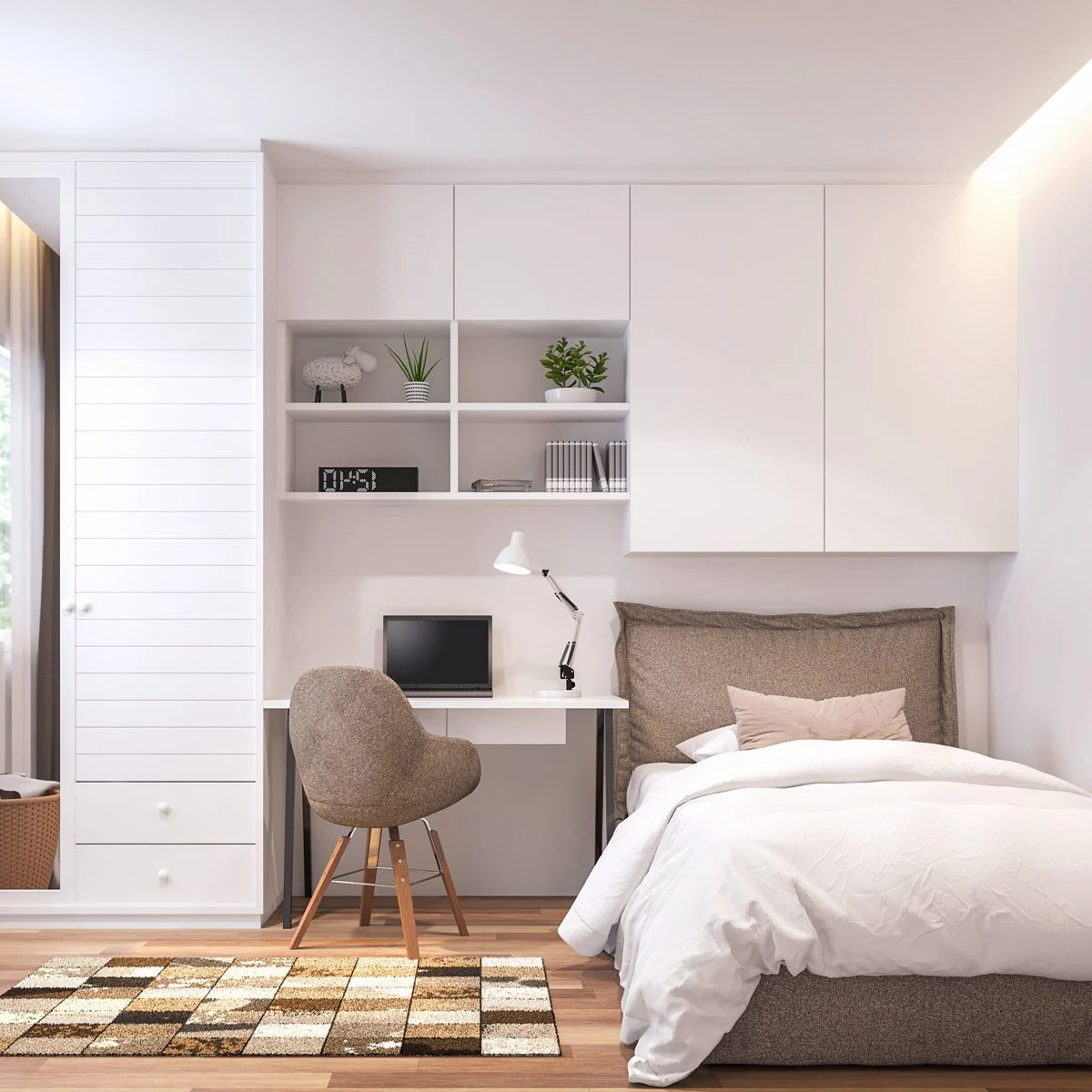
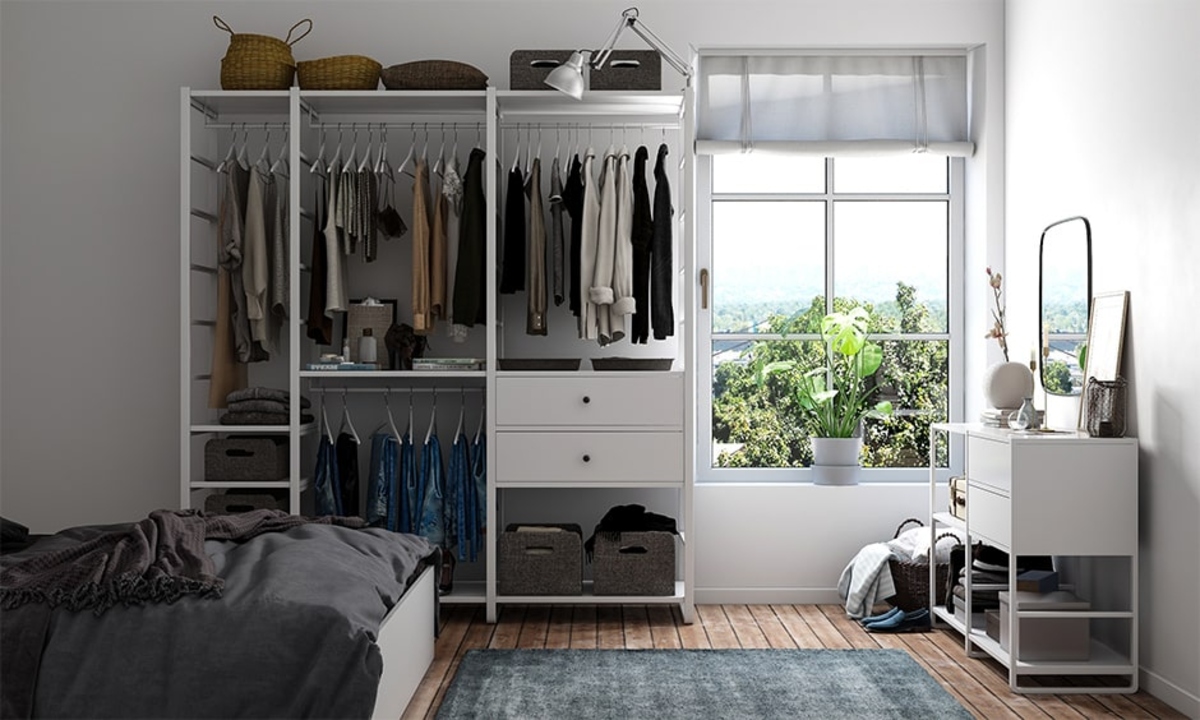
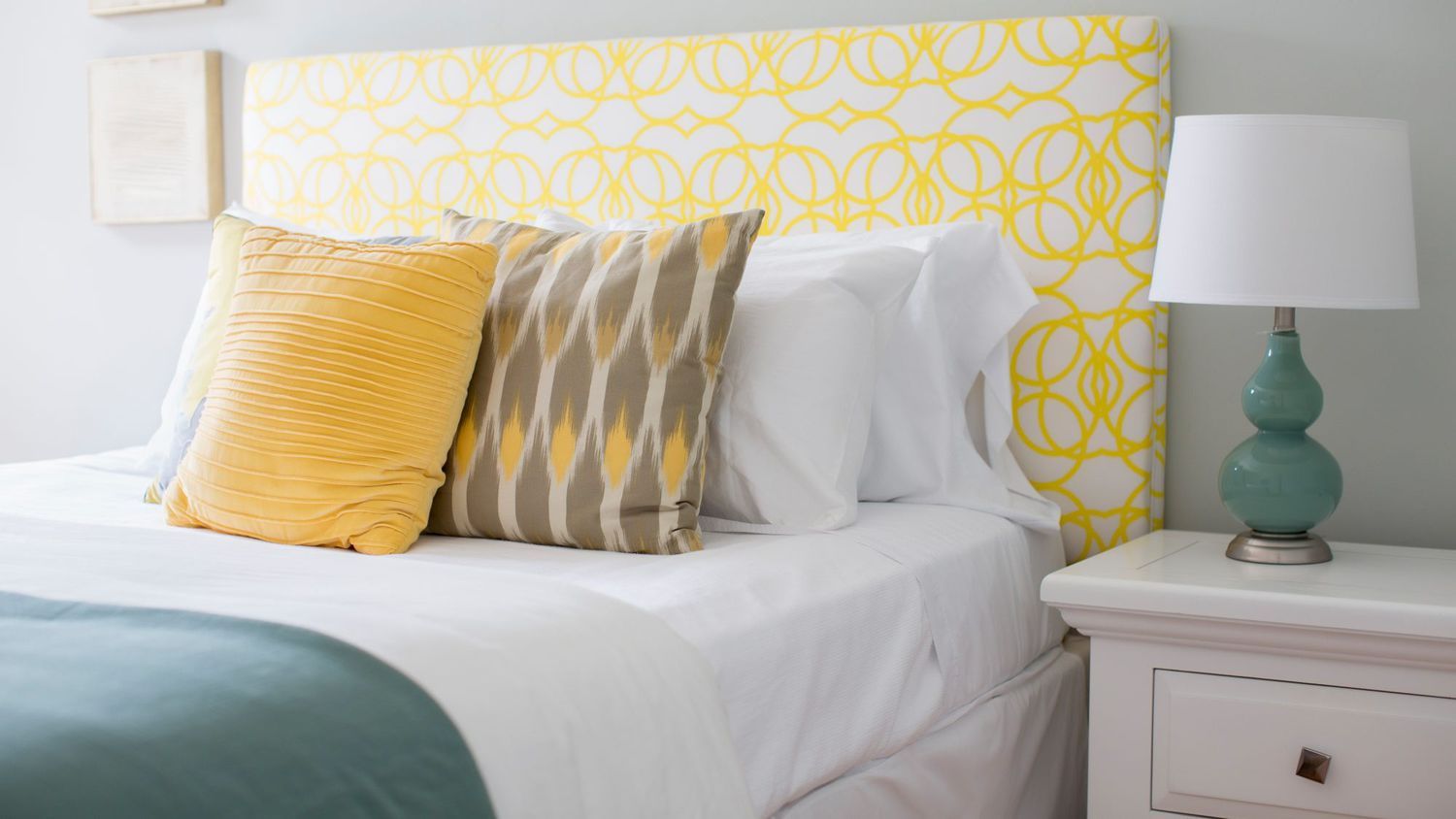
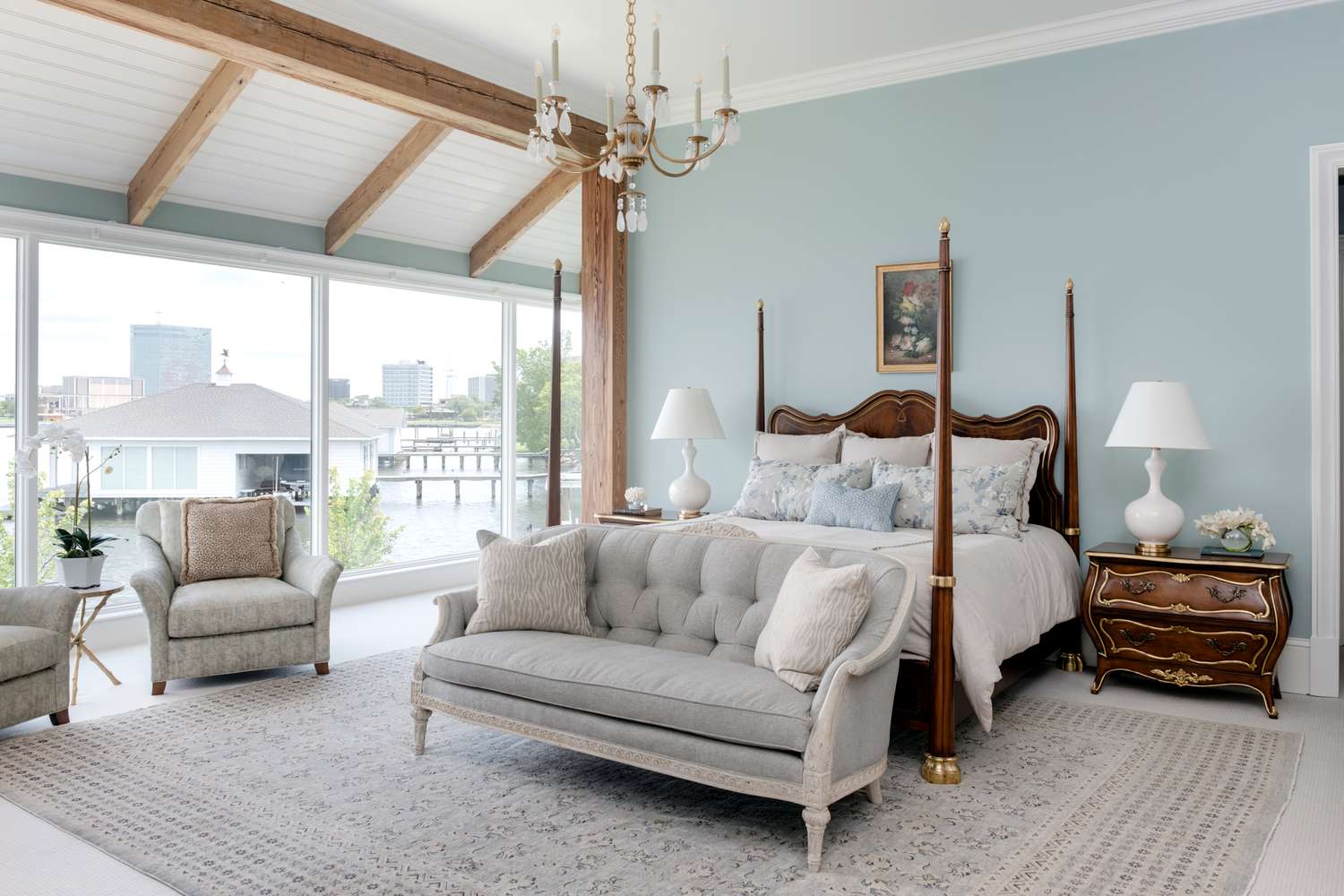
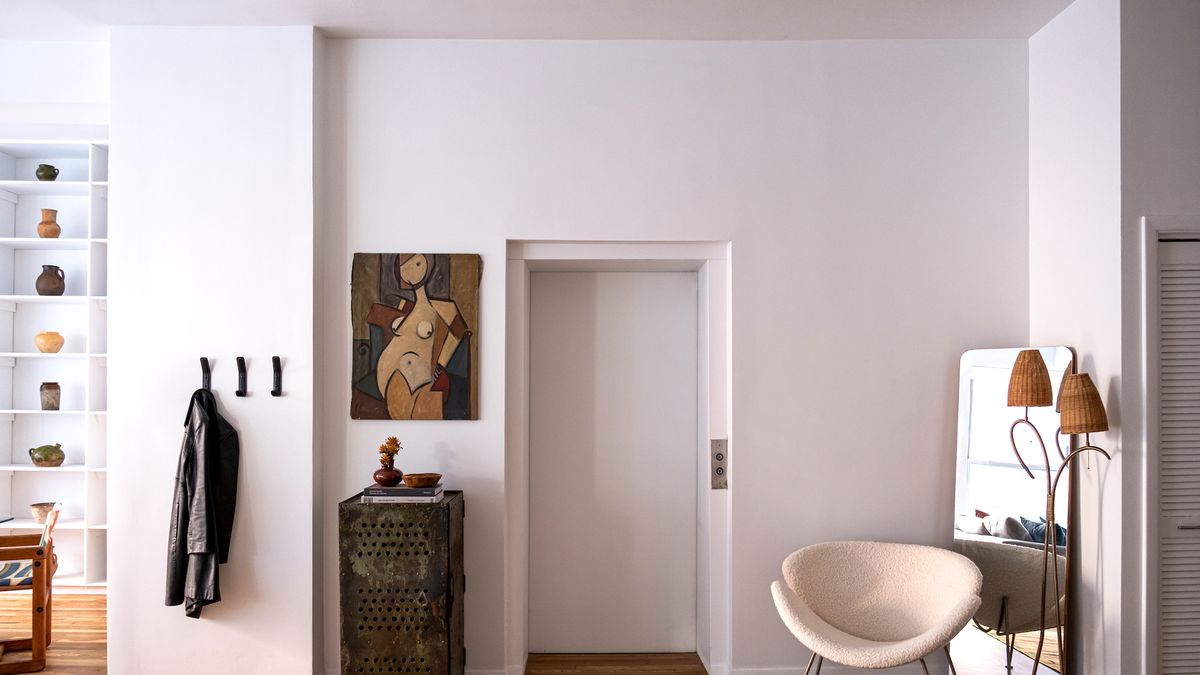
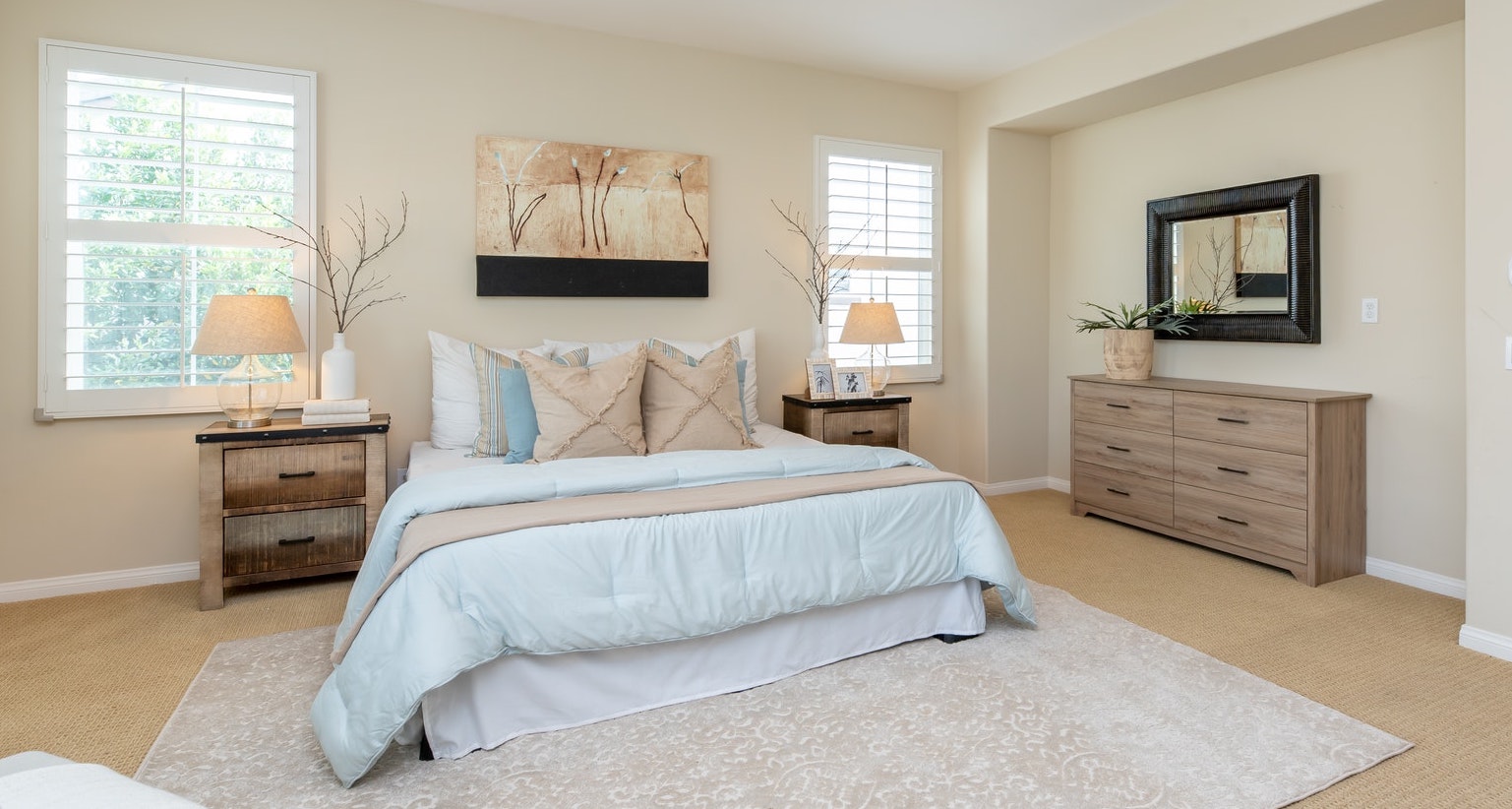
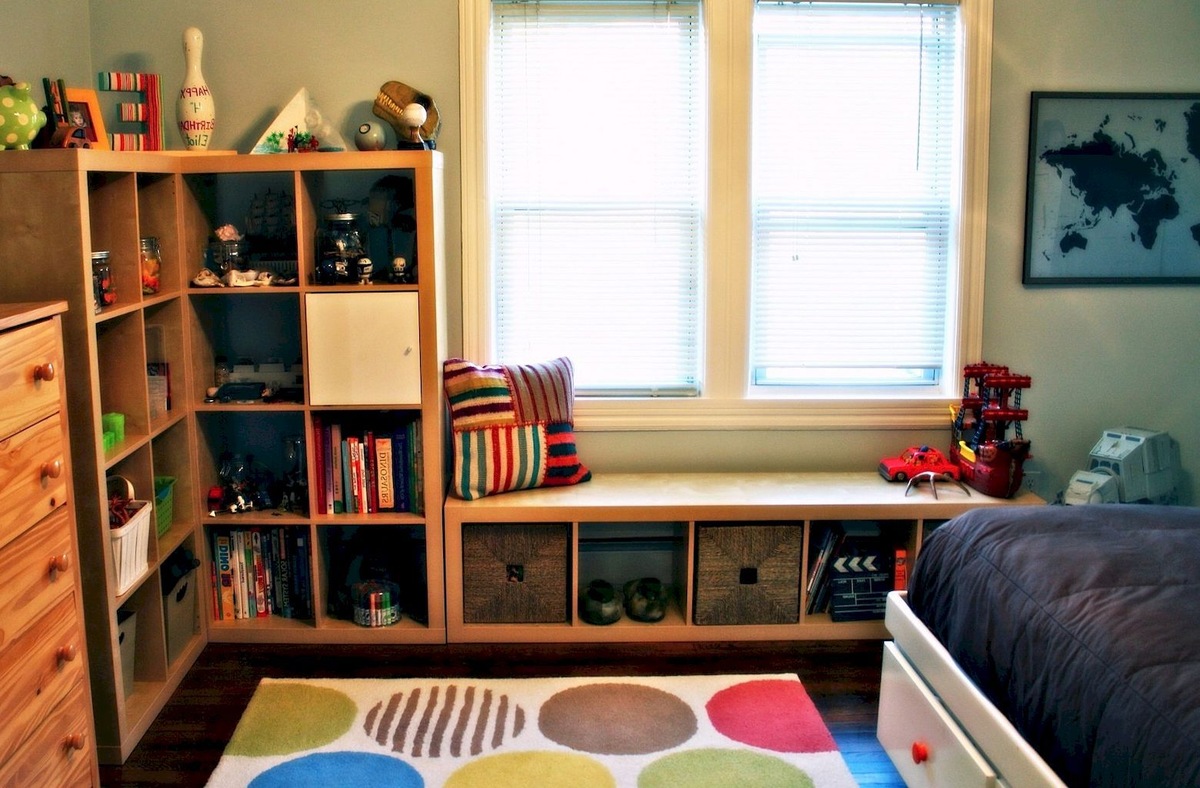
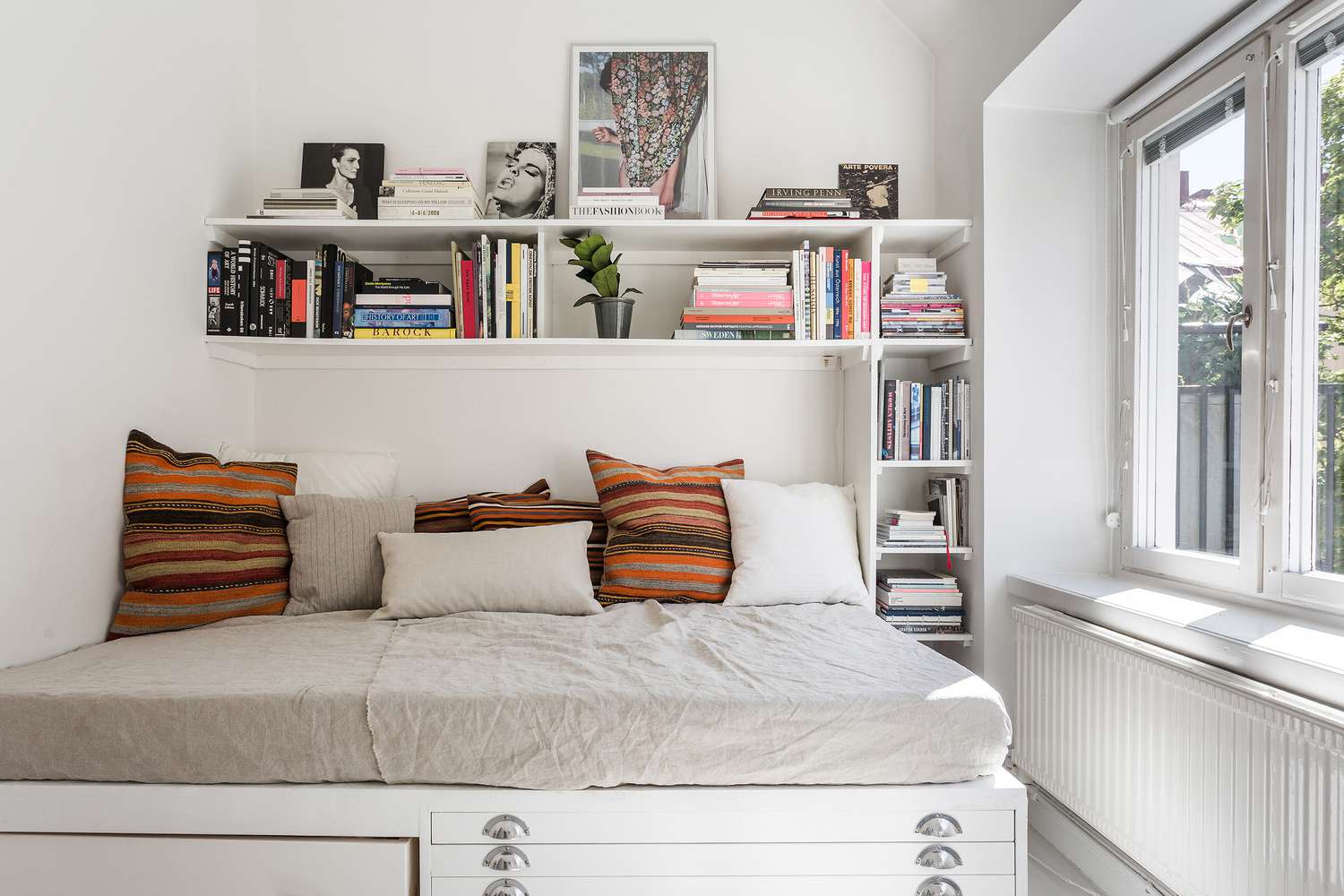
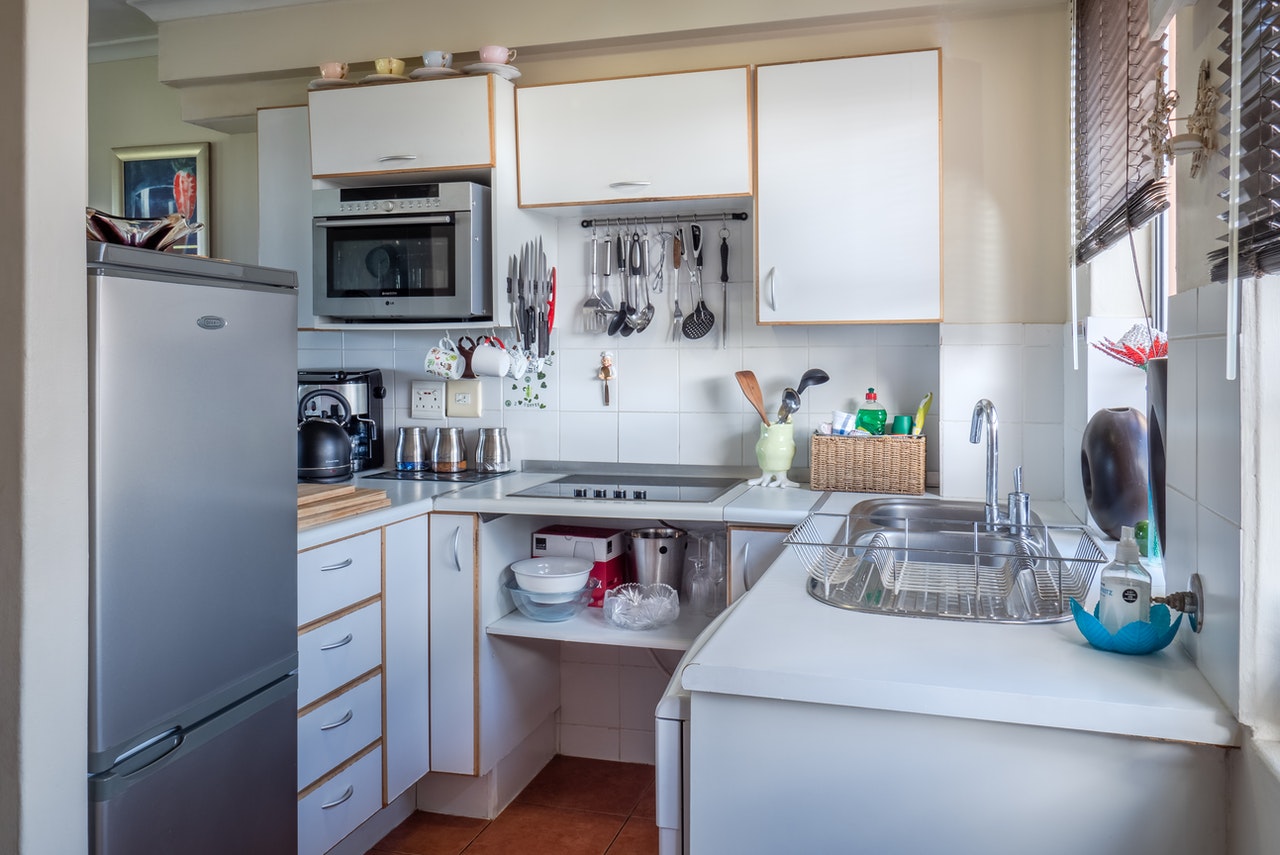
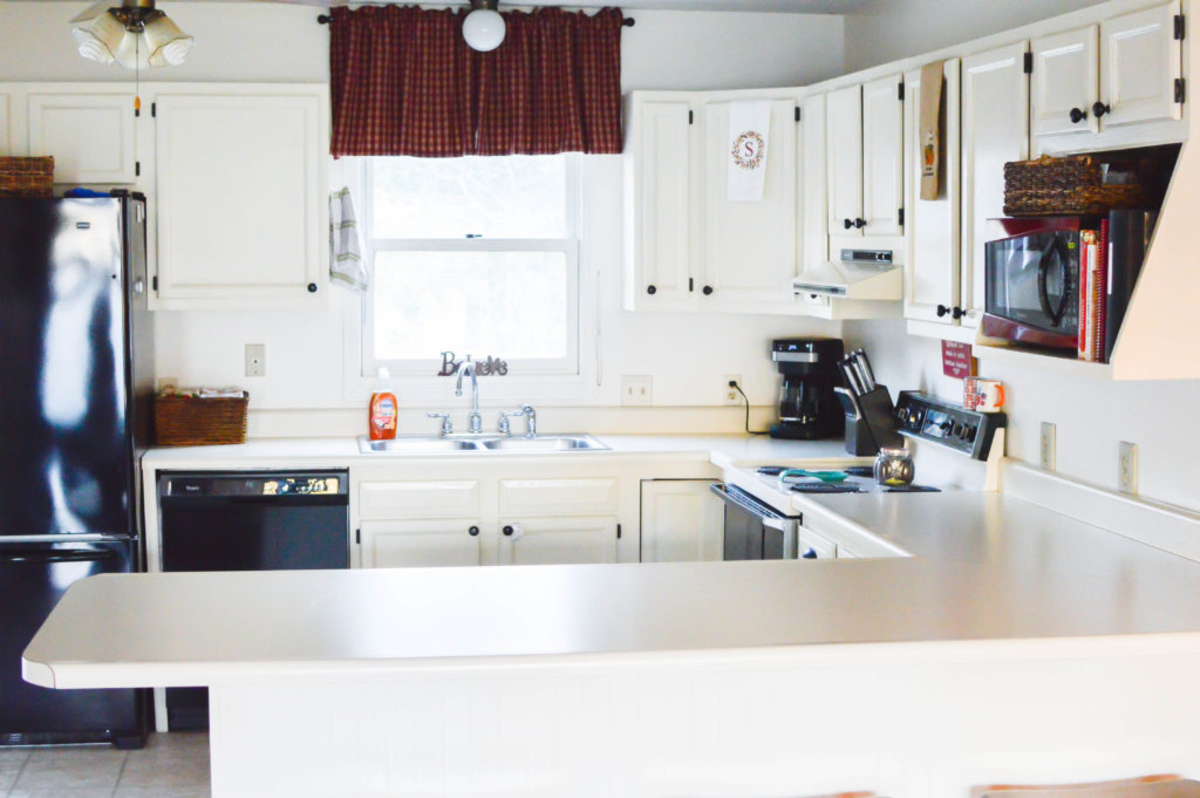
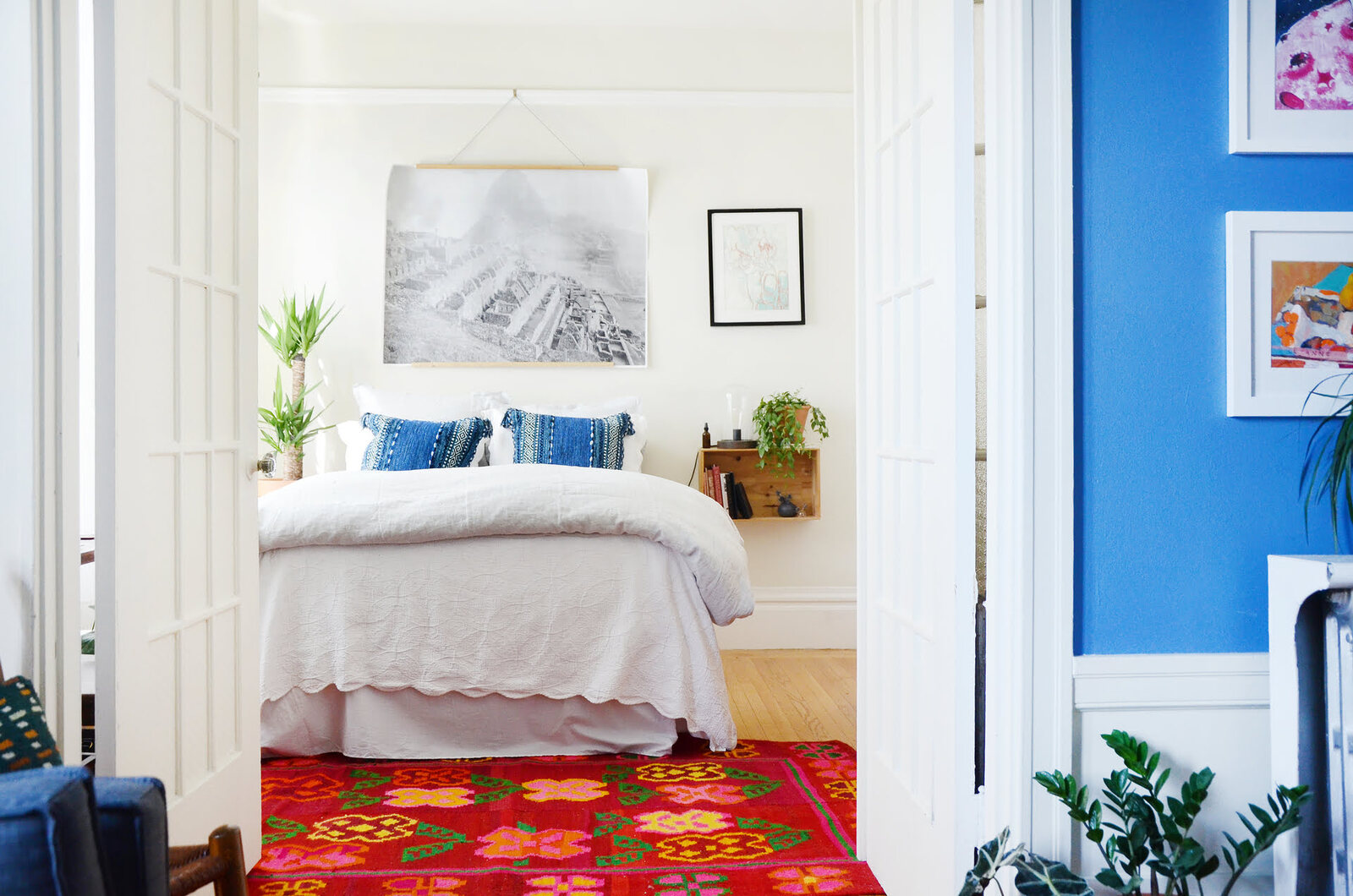
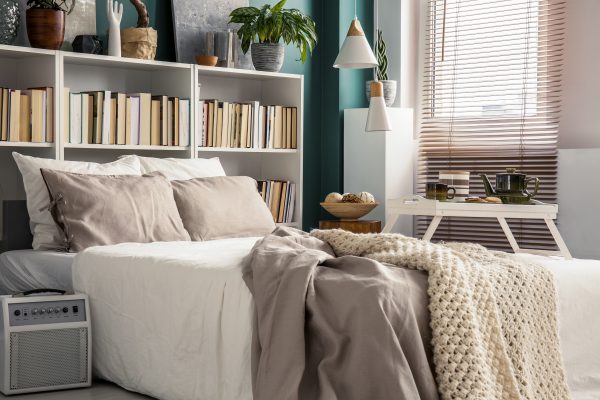
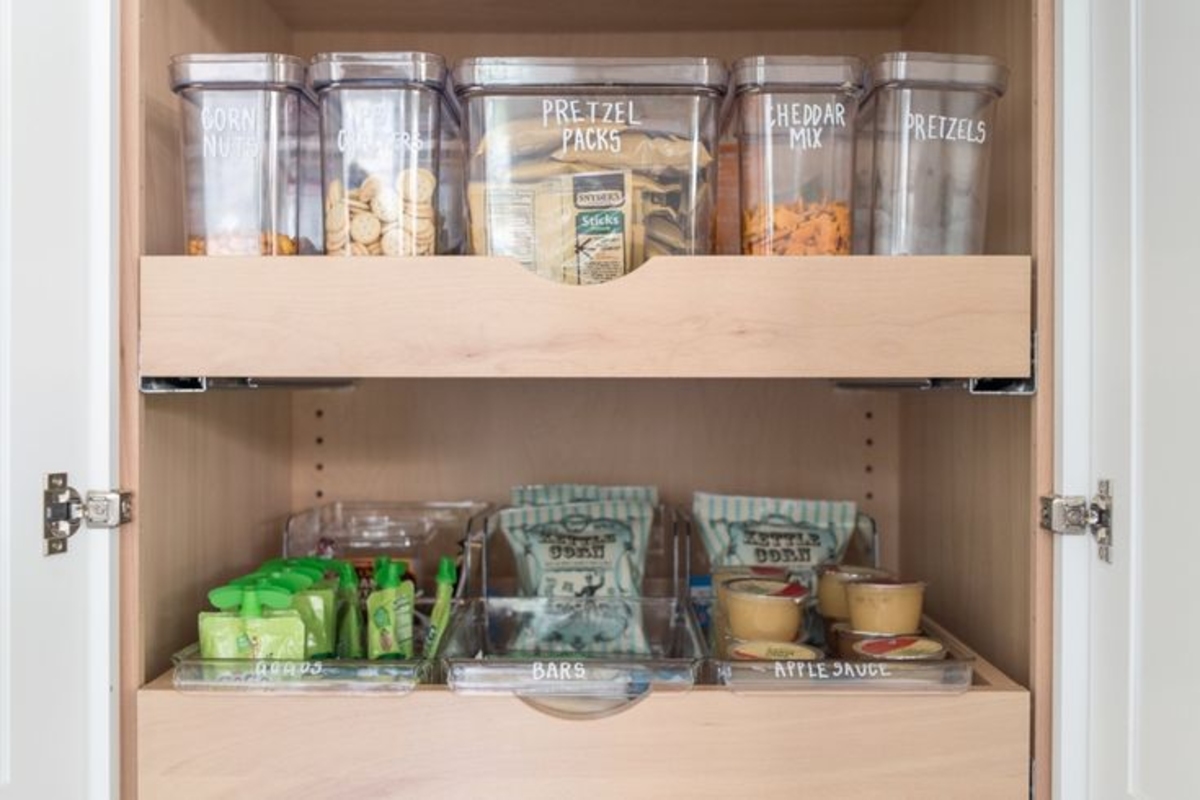
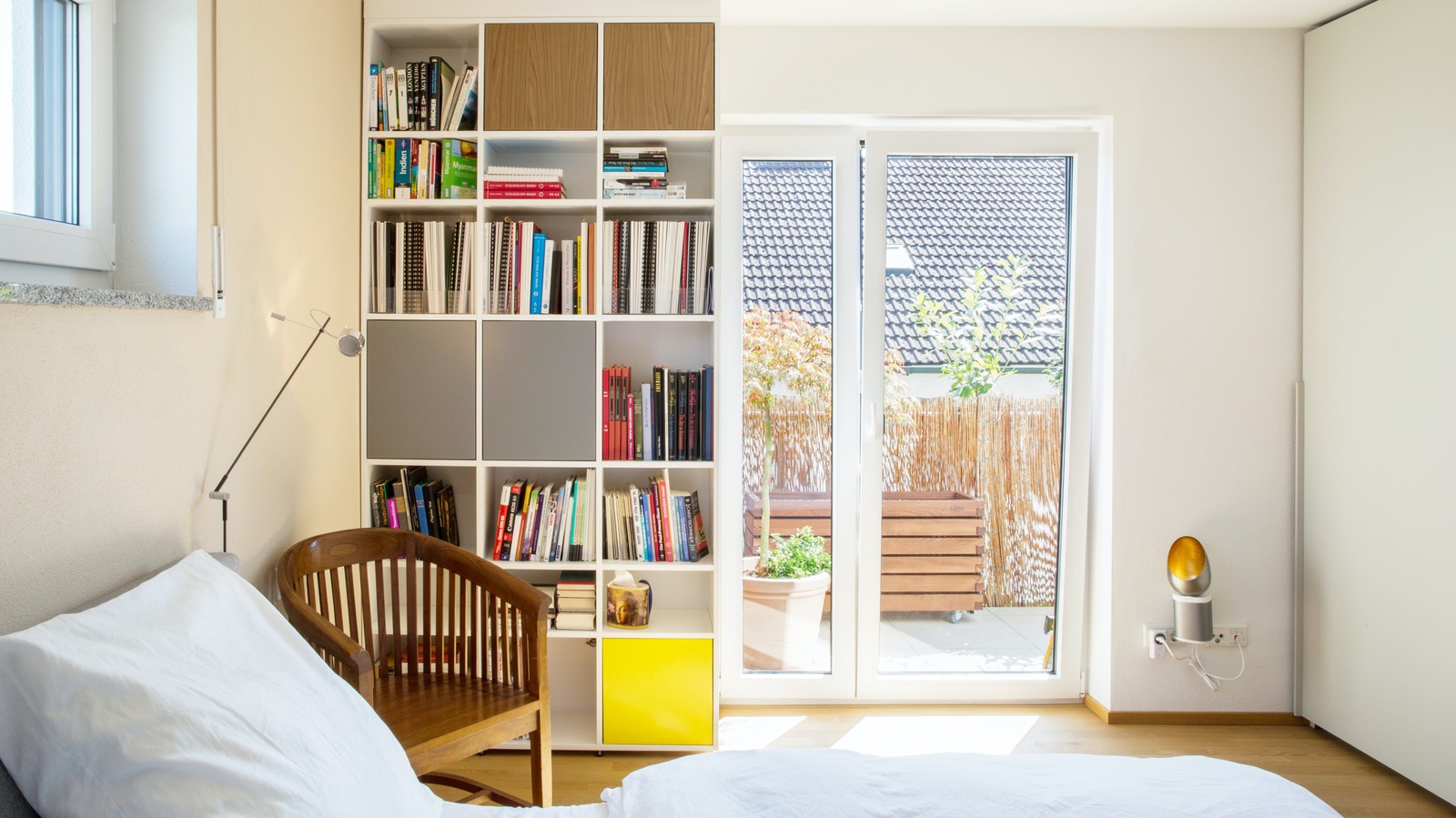

0 thoughts on “7 Outdated Organizing Rules To Break In Small Bedrooms”